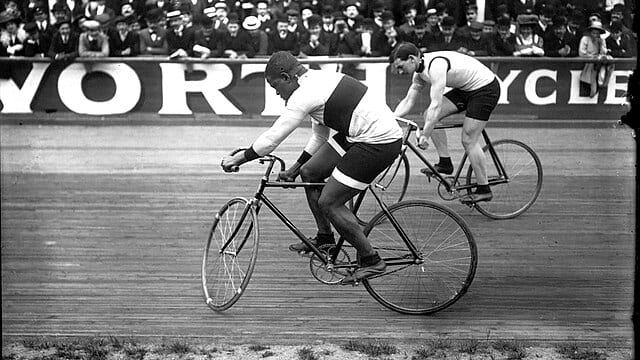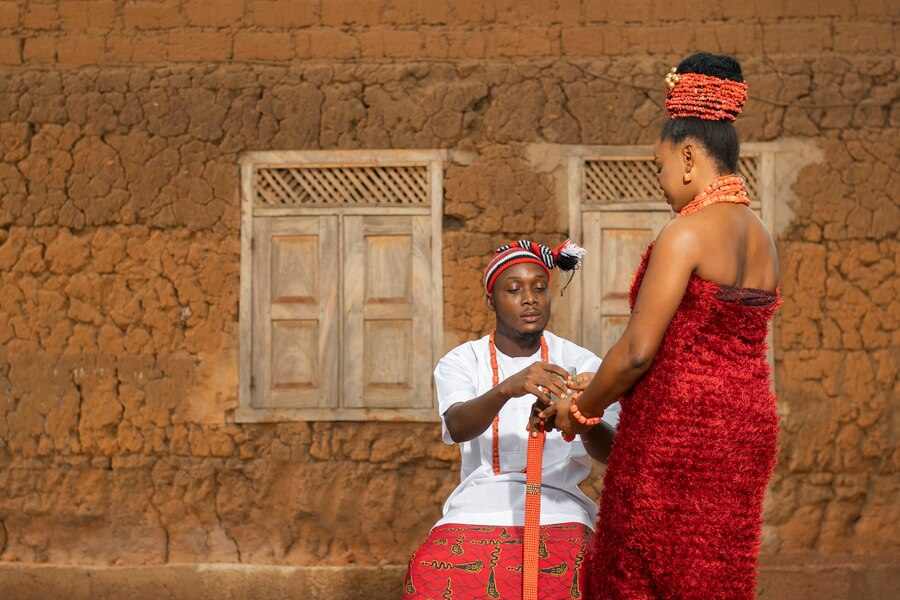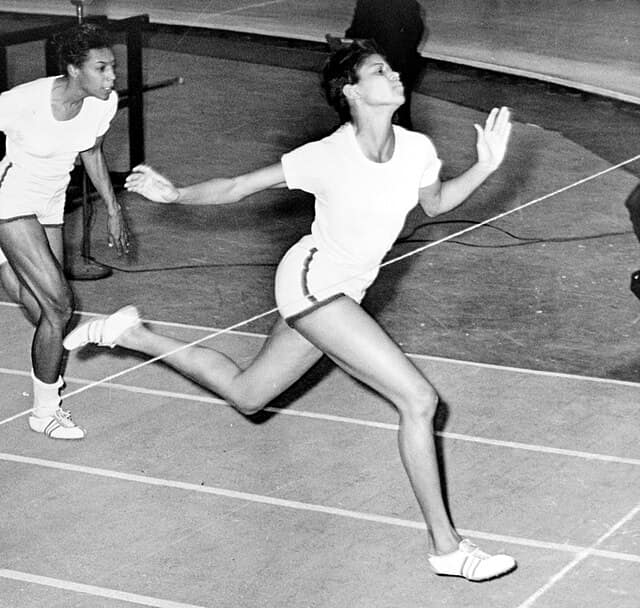We know the great achievements of black people in numerous sports like baseball, basketball and tennis but little is said about cycling. It’s one of the sports black people are still struggling to penetrate, as it’s out of reach for the majority. This fight started in the late 1800s and early 1900s with Marshall Taylor.
He’s identified as the earliest black cyclist in the world. He made noteworthy achievements, including breaking several world records, that need to be recognized and in this post, we’ll tell you all about them.
Become an insider. Subscribe to our newsletter for more top trending stories like this!
People Also Read: Football Formations: Learn the Art of the Game
Marshall Taylor’s Early Life
Taylor was born on 26 November 1878 in Indianapolis. His father was a Civil War veteran who was later employed to work with a wealthy family named Southard. Occasionally, Taylor accompanied his father to work where he met the Southard’s son Dan Southard.
Sources indicate that he moved in with the Taylor, which allowed him to forge a strong friendship with Daniel and also get educated.
People Also Read: 7 Best Football Chants That Create an Unforgettable Match Day Atmosphere
Introduction to Bicycles
It’s here that Marshall Taylor got his first bicycle. However, his time with the Southards came to an end and he went back to Indianapolis to his parents. There, he was hired to work in a bicycle shop because of the skills and tricks he developed.
Taylor showcased stunts for which he was paid and got another bicycle. It’s believed that his nickname “Major” came at this time because he tended to perform in a military uniform.
In 1892, Taylor moved to another bicycle store where he worked as a trainer, helping people to learn how to ride. He met a former bicycle racing pioneer Louis D. “Birdie” Munger, who later hired him to work in his company, promoting the brand. He liked him so much that he vowed to make him a champion, and so he began coaching him.
Join our Spotcovery Global Black Community Facebook Group for early access to exclusive content and to share in a lively discussion.
Young Cycling Career
Under the tutorship of Munger, Taylor began entering competitions. His first race was an amateur event in Indianapolis, which he won, followed by a third-place finish in a race in Illinois.
One of the most significant victories he enjoyed early on was a 121-kilometre race near Indianapolis. He was the only rider who managed to finish the race and did so amidst racial abuse.
Despite that, Marshall Taylor continued winning races, but his opportunities were limited. A majority of the events were organized by and for white cyclists and they believed that if Taylor took part, it would discourage others from entering, so they prohibited him from competition.
People Also Read: Top 7 Best Power Forwards in NBA History
Buy a bicycle on Amazon.
Moving to Worcester
The environment in Indianapolis didn’t allow Taylor to compete at the highest level so Louis D. “Birdie” Munger convinced him to move to Worcester, Massachusetts. Things were better there as he found an all-black community of riders.
After competing in the Irvington–Millburn race in New Jersey, and the League of American Wheelmen in New Haven, Taylor returned to his hometown to compete and set an unofficial record time in the one-mile distance.
Get a bicycle seat on Amazon.
Become an insider. Subscribe to our newsletter for more top trending stories like this!
Professional Career
For all the difficulties Marshall Taylor faced, he’s achieved a lot before he even turned professional. In 1896, he turned pro and was immediately marked out as the most promising racer in the country and also for pushing boundaries.
His first professional race was at the Madison Square Garden and won against Eddie “Cannon”. Taylor’s quest to be the best continued but he faced constant racial prejudice from white competitors.
He gripped the nation with his performances even though he was actively been shut out of the sport. Taylor couldn’t compete in the races in the South and thus missed a chance to compete for the national championships.
The following year, Marshall Taylor won several races and made records with his biggest achievements coming in 1899. He became the second African-American world champion after George Dixon in Boston in 1891, after he won the 1-mile race in the World Championships in Montreal. In 1900, he was the American sprint champion, among other titles.
Get a bicycle helmet on Amazon.
Going Abroad
Marshall Taylor received offers to compete abroad. He spent the next years cycling in Europe and Australia, where he was given royal treatment. The athlete returned to the United States briefly to rest.
After years of cycling, he took a sabbatical before returning to the circuit in his 30s to win the “le Negre Volant”. In the next few years, Taylor struggled to compete and finally retired from cycling in 1910.
Life After Retirement
Life wasn’t good after his heyday was over. The former bicycle racer lost a sizeable amount of money in a bad investment. Taylor penned his story in his autobiography, “The Fastest Bicycle Rider in the World, but didn’t get a lot of income from this.
The former champ was forced to sell his home after he failed to secure a stable source of income and was left penniless. He was estranged from his wife Daisy Morris and children. Taylor died in 1932 in a county hospital.
He received honor posthumously, with the Major Taylor Velodrome recognizing his accomplishments. He was later inducted into the Bicycle Hall of Fame and other recognitions were made in remembrance of his legacy.
Marshall Taylor’s end might be sad, but he rallied an entire nation behind him. He was the face of possibility to the black population because he overcame racial barriers, always having to fight for his place in the starting line, in a sport that’s mainly white.
Despite this, he held his ground and competed with dignity when he was justified in acting otherwise. Although he’s not received the recognition he deserves, we hope that this article helps spread the word about him.
Nearly 80% of consumers visit directories with reviews to find a local business. List your business for free in our exclusive Spotcovery Black-Owned Business Directory.
Spotcovery offers unique and fresh daily content on Black culture, lifestyle, and experiences. We talk about everything black, black people, black-owned and black-owned businesses. We also deliver authentic and relevant content that will inform, inspire, and empower you! The future of black media is critical to today’s black experience! Our primary audience includes African Americans, Africans, Afro-Caribbean, and people of African heritage. Black culture is for the culture!
Become an insider. Subscribe to our newsletter for more top trending stories like this!





